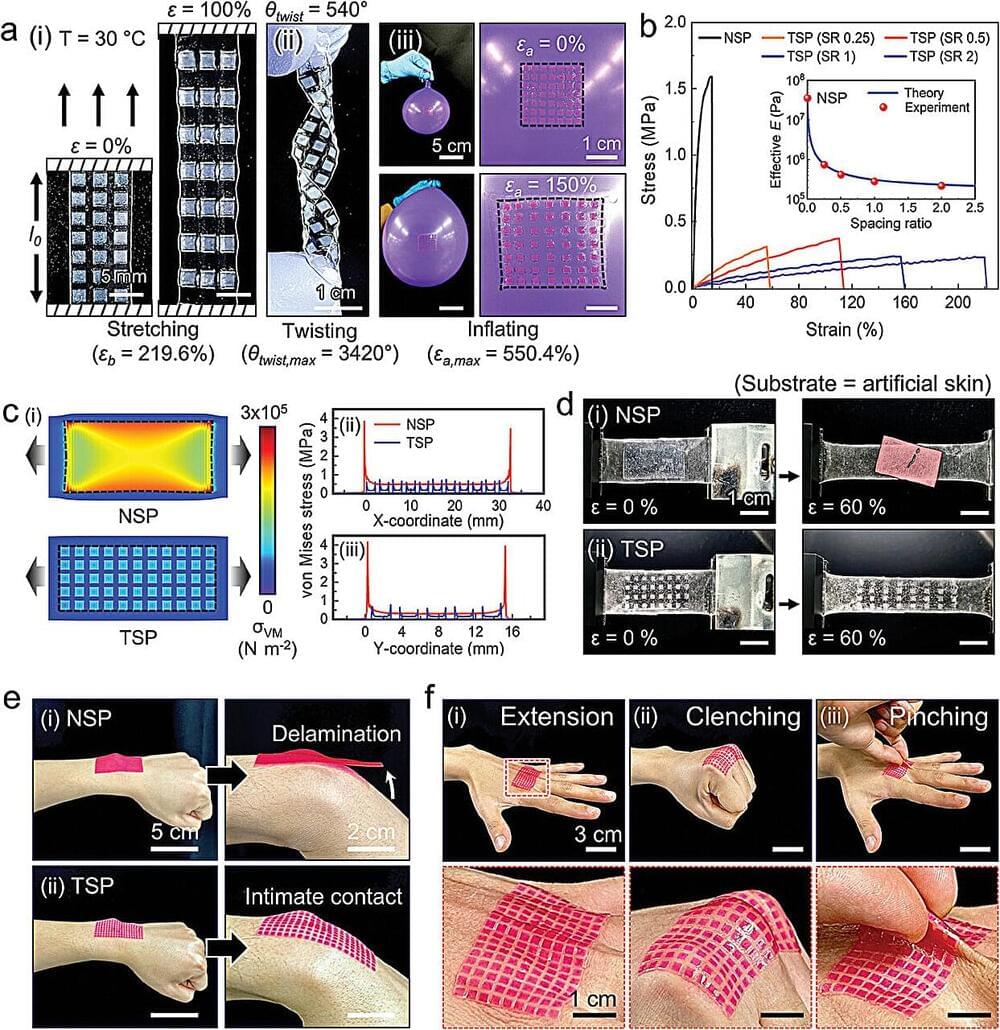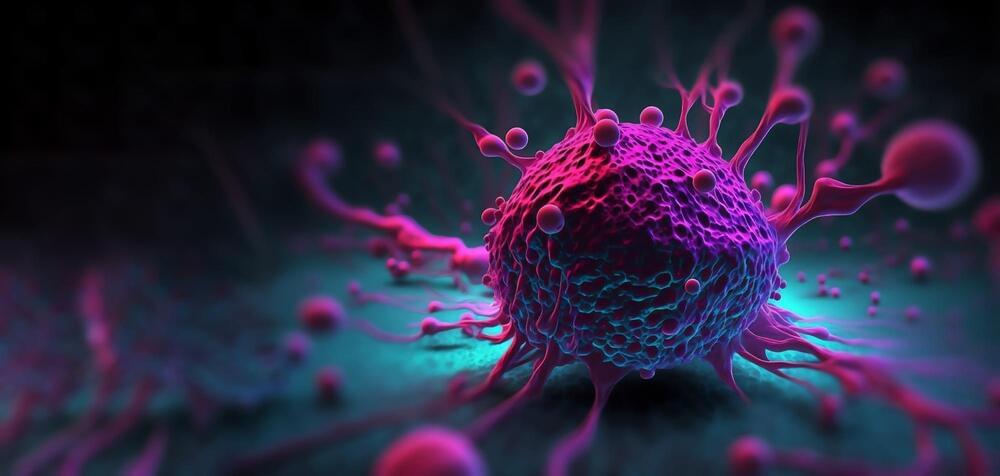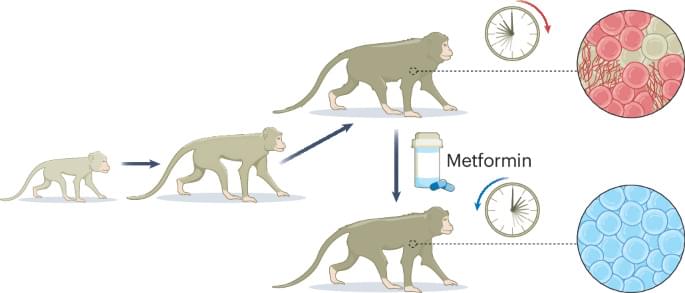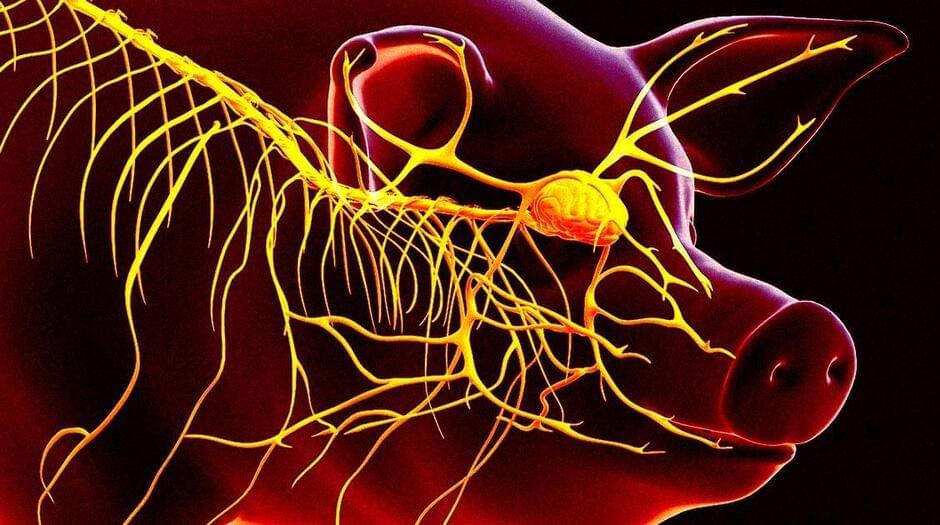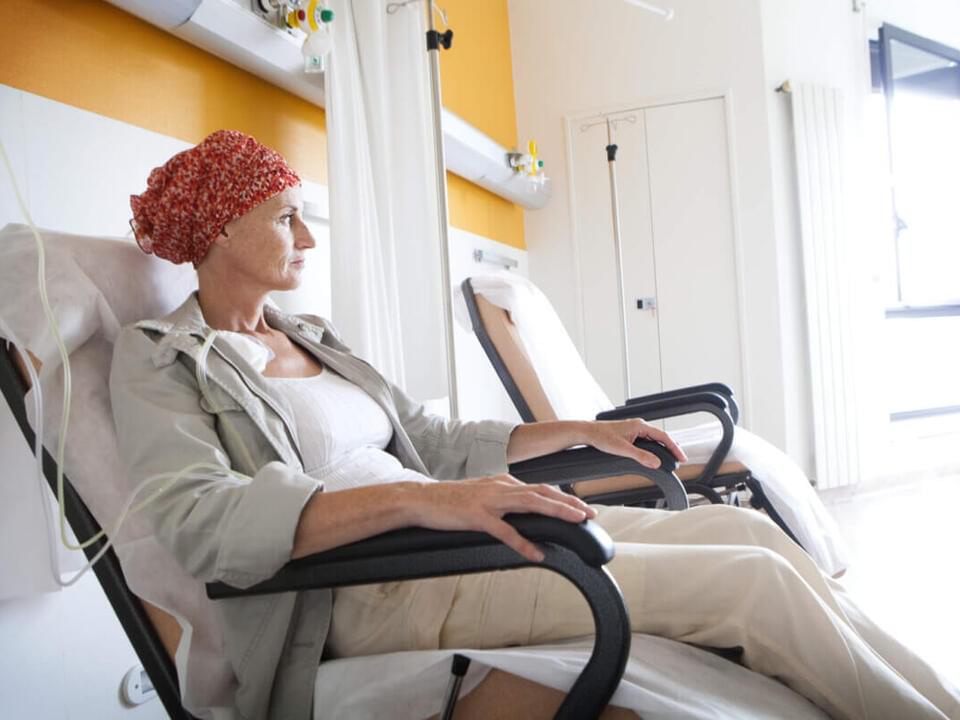Vanderbilt University Medical Center-led research reveals subtle changes in the visual pathways of individuals with chronic mild traumatic brain injury (TBI), even when standard eye examinations show no abnormalities. These findings include structural and functional deficits despite participants showing normal visual acuity during clinical examination.
Mild TBI accounts for approximately 3 million cases in the U.S. each year. Up to 85% of TBI patients, regardless of injury severity, report visual disturbances such as light sensitivity, blurred vision, or difficulty reading. Persistent symptoms including memory problems, irritability, or slowed thinking often impact quality of life. Despite these symptoms, many individuals display no abnormalities during routine clinical evaluations such as fundus examinations.
In a case-control study, “Primary Visual Pathway Changes in Individuals With Chronic Mild Traumatic Brain Injury,” published in JAMA Ophthalmology, researchers reported that 78% of participants with mild TBI exhibited visual deficits when evaluated with a comprehensive battery of tests.

